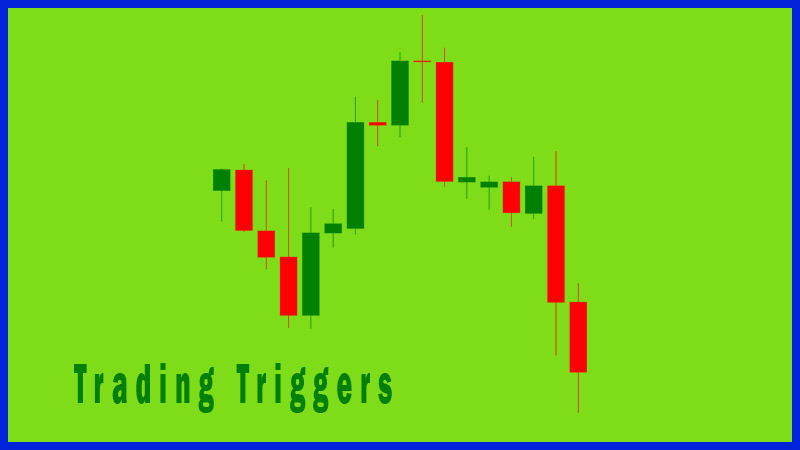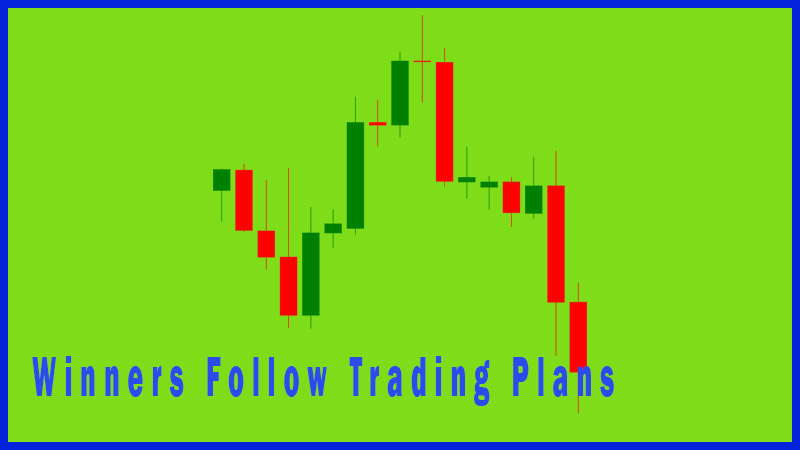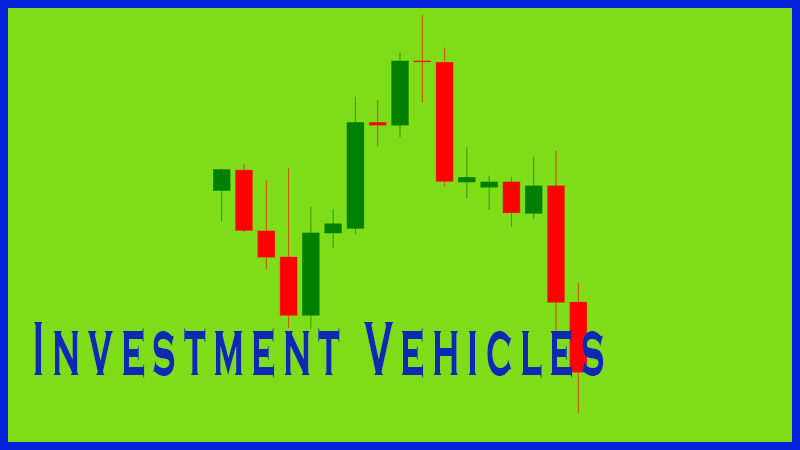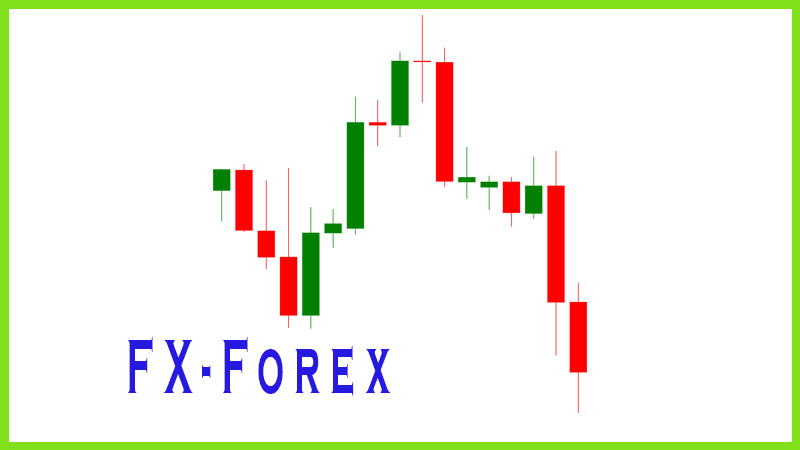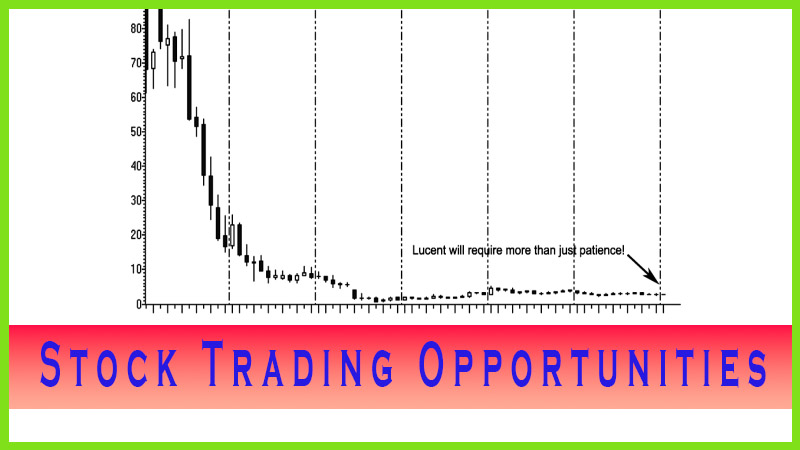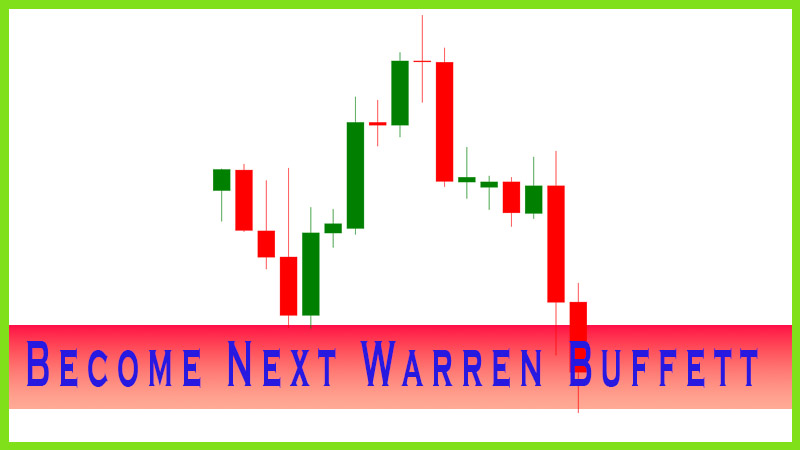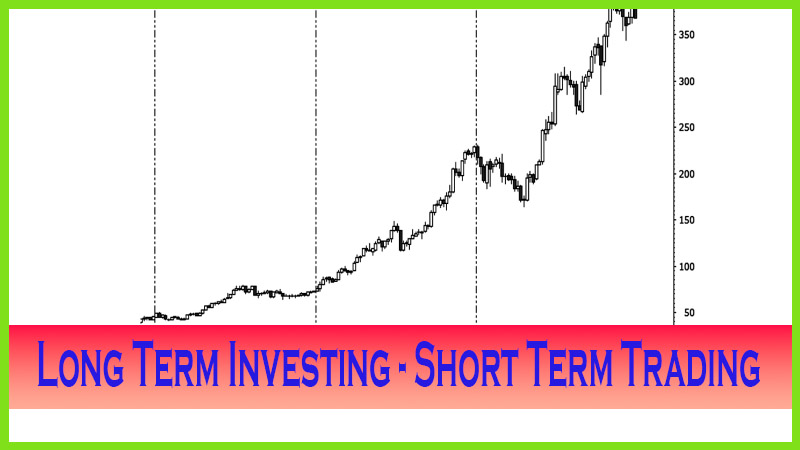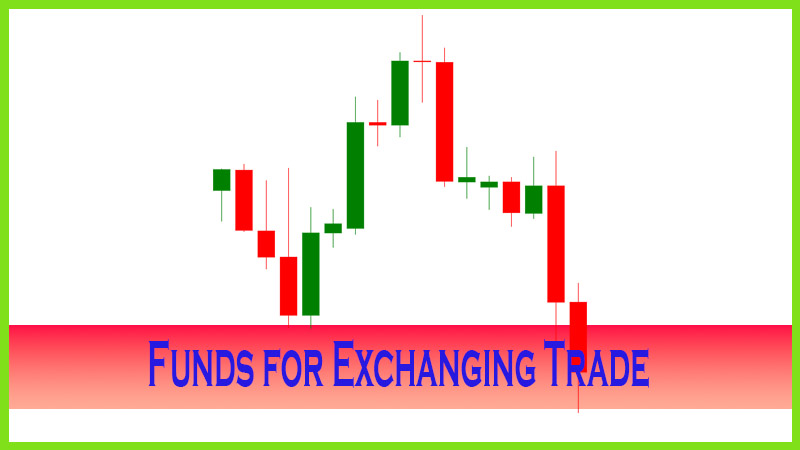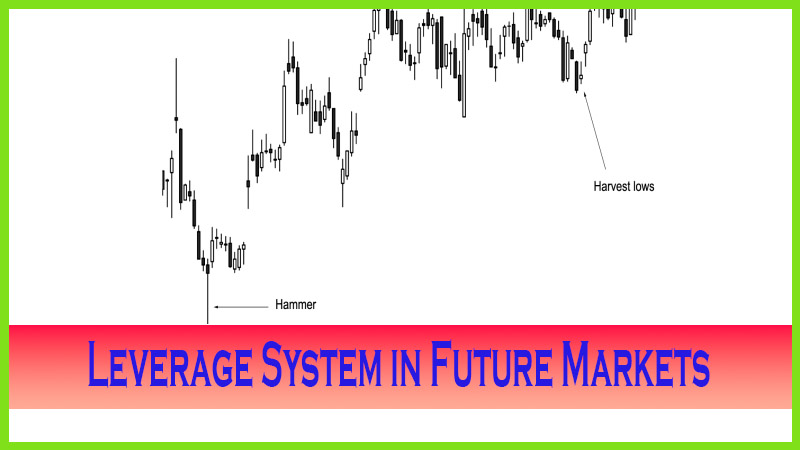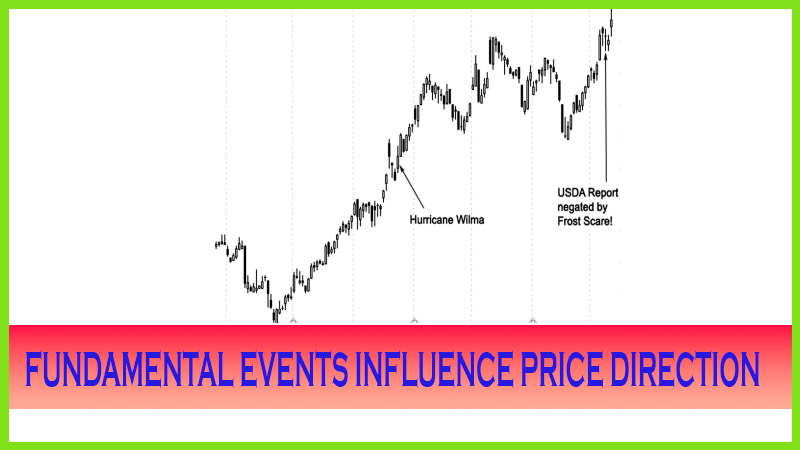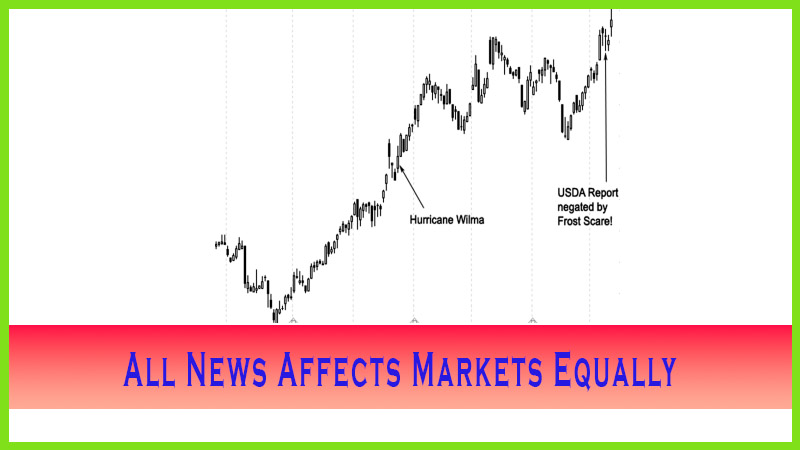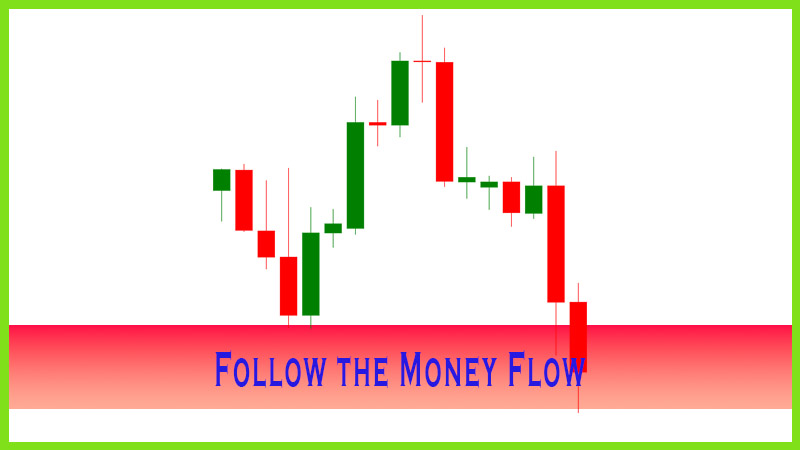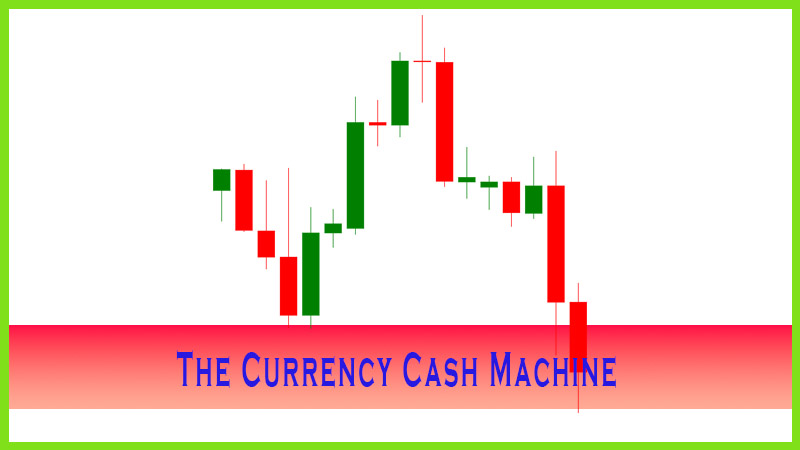Spread Trading Tips
spread betting tips today, spread betting tips and tricks, how does spread work in trading, how does the spread affect trading
Course: [ The Candlestick and Pivot Point Trading Triggers : Chapter 1. Trading Vehicles, Stock, ETFs, Futures, and Forex ]
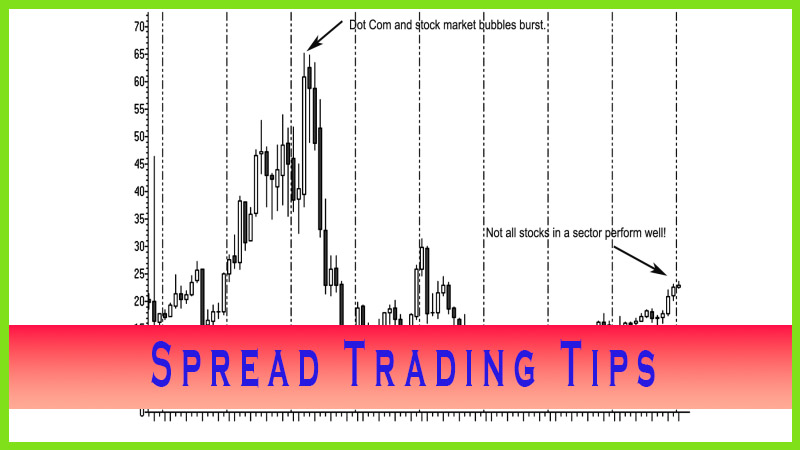
If you decide to take advantage of a spread trade, you should realize that it is a risky business. You could be on the wrong side of both markets.
SPREAD TRADING TIPS
If
you decide to take advantage of a spread trade, you should realize that it is a
risky business. You could be on the wrong side of both markets. Since spreading
involves selling short one stock and simultaneously buying another stock, if
the price goes in the opposite direction of both trades, you can lose on both
sides of the trade. Selling short is a hard concept for many traders, both
novice and experienced, to grasp. Believe it or not, there are some folks who
are not aware that you can sell first without owning the security. Short
selling means you are betting that the price of a given product will decline;
therefore, you would be selling first without owning the underlying product
with the hopes of buying back later at a lower price. Selling short is
considered highly speculative for stock traders; the process involves
“borrowing” the stock from the brokerage firm, if the firm has that security in
inventory. Shorting stock is very similar and should not scare investors. It is
a very simple concept; in fact, it is just the opposite for longs. You want to
buy low and then sell out later at a higher price. With shorting, you are
selling first and buying back later, hopefully at a lower price to generate a
profit.
There are
certain restrictions; for one, you need to set up a margin account with your
brokerage firm. Another restriction carries potential execution risks: Due to
Securities and Exchange Commission (SEC) regulations, there is what is known as
the “uptick” rule. The uptick rule was established in the 1930s to prevent a
bear market raid on a stock. In order to execute a trade, the stock needs to
trade at a price higher than the preceding transaction price in the same
security. For example, if you wanted to enter a spread by selling Dell Inc. and
buying Apple, you would have been anticipating or looking for Apple to
outperform Dell’s price gains. Or if both stock prices decline, you would want
Dell to decline more than Apple. But in order to effectively execute that
strategy, you would want to enter the sell side of the spread first because there
are no restrictions on entering the long side, just on the short side of the
transaction. Let’s say you enter the long side first without confirmation that
you were filled on the short side; if the market on the position you hold—the
long side—goes down and if both markets moved in tandem, you would need an
uptick on the short side in order to be in the spread. Imagine if you went long
first and the stock dropped. Then when you are finally able to execute the
short side, the market has plunged. That would translate into an actual loss.
So if you do not get filled first on the short side, the worst that can happen
is that you lose a trading opportunity. This is a great example of why traders
have the obligation of knowing all there is about the market they trade in. As
you can see in Figure 1.6, Dell has moved in the same direction as Apple, but
Apple has outperformed as a price leader. The spread opportunity between these
two computer manufacturers, long Apple and short Dell, would have generated a
tidy profit.
Another
example of a spread opportunity within competitors of the same industry or
sector would be Best Buy versus Circuit City, as shown in Figure 1.7.
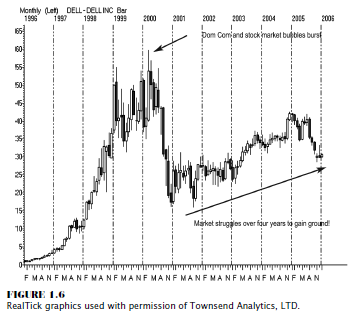
As
consumers flocked to retail malls before the holidays to purchase gifts such as
Apple’s iPods, if you want long Best Buy as the sector leader and short Circuit
City, Best Buy stock outperformed Circuit City stock. As you can see from the
chart, after the stock market bubble burst in 2000, Best Buy managed to
maintain a positive trend higher. It is the leadership of the company and the
consumer loyalty that really have helped to support this company’s growth and
profitability. One reason is Best Buy continued to sell appliances versus one
of their rival competitors and as a result they saw sales rise 7.7 percent from
2004 through 2005. They also had aggressive gains in web sales, and online
revenue jumped 40 percent as more customers shopped and redeemed gift cards
online for the same time period.
Best Buy’s main competitor, Circuit
City, decided or needed to cut back and close stores and then discontinued
selling appliances to stay afloat. It depended on increasing DVD and CD sales
and on electronic products. As the housing boom materialized soon after that
decision, Circuit City gave up market share to Best Buy; and no doubt companies
such as Home Depot and Sears picked up increased revenues in appliance sales.
Therefore, it was hard for Circuit City to re-enter selling that product line.
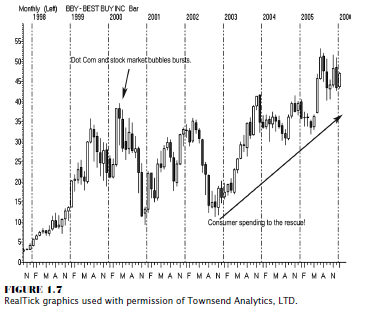
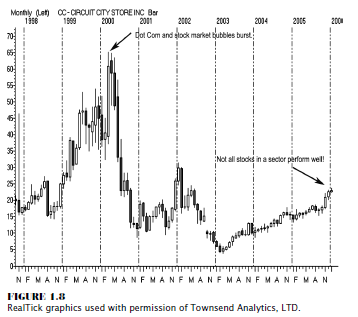
As you
can see in Figure 1.8, Circuit City’s stock just had not been a great performer
in that sector. The company was founded in 1949, so it has a long history and
may survive the competition. However, if consumers start to spend less on home
electronic products in 2006 and 2007, this company may have trouble getting its
stock price back up to the 2000 high near 65 per share. Circuit City will need
consumers to continue to buy and upgrade new televisions, camcorders, and
digital cameras to boost revenues. I personally have no intentions of buying
another camcorder; I barely use the one I have. As for game software, game
hardware, and personal computer software, those are competitive products; so I
believe Circuit City will have to do more to survive the next few years of what
is being forecast as a consumer electronic sales recession. Therefore, one
would need to look closer at these two companies and decide which one has more
to gain or which one has more to lose; once a decision is made, this would be a
good pairs market for a spreading strategy.
Investors
have many trading opportunities with stocks, as you can see from the preceding
few pages. There are many ways to analyze a company, from taking a simple look
at the P/E ratio to using technical analysis studies. Investors can see which
company is the leader in a specific sector and invest with that leader. As you
can see in the cases of Apple versus Dell and Best Buy versus Circuit City,
holding a diversified portfolio of stocks may help investors see profits or a
positive cash flow. Realistically, you can’t own shares in every stock.
Longer-term investing—you know, the buy-and- hold mentality, sometimes referred
to as the Warren Buffett method—helps toward generating big gains in solid companies.
But remember that WorldCom and even Lucent Technologies were solid companies at
one point. So the message here is that investors need not only to be selective
in which markets they buy and hold but also to monitor their positions. There
is the idea that you can buy stock in a company to which you relate or from
which you purchase products . . . companies like Starbucks, as shown in Figure
1.9. This company has solid growth, great coffee; it carries with each 20-
ounce cup, named a Vente, a solid jolt of caffeine. That is what keeps me going
back, day after day, dropping two dollars per cup for the Starbucks “experience.”
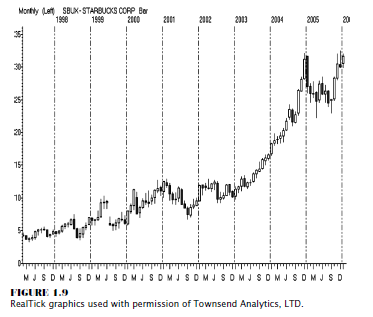
Starbucks
has made stellar gains and is a great moneymaking stock. It has solid industry
leadership, textbook marketing concepts, and, more important, customer loyalty.
These are all the qualities to look for when selecting a long-term purchase.
The Candlestick and Pivot Point Trading Triggers : Chapter 1. Trading Vehicles, Stock, ETFs, Futures, and Forex : Tag: Candlestick Trading, Stock Markets, Pivot Point : spread betting tips today, spread betting tips and tricks, how does spread work in trading, how does the spread affect trading - Spread Trading Tips

